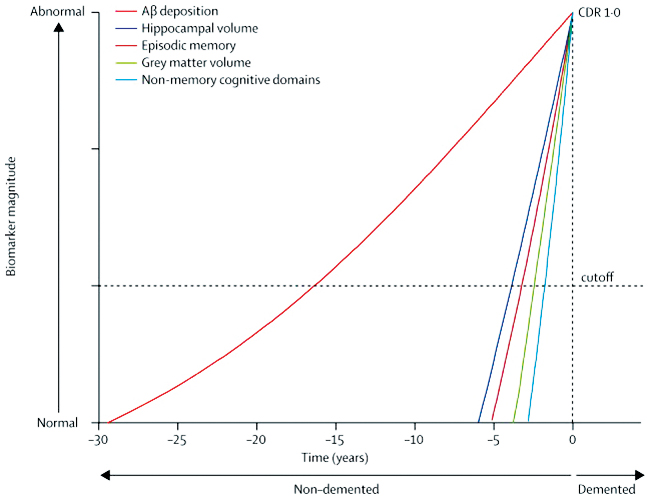The AMA has raised concerns that any move to outsourcing Medicare payments to the private sector could compromise patient privacy and further fragment their care.
Prime Minister Malcolm Turnbull has confirmed an overhaul of the Medicare payments system is under active consideration, with Health Minister Sussan Ley revealing the Health Department is investigating ways to digitise “transaction technology for payments”.
Though the Government has not explicitly said it is looking at outsourcing the payments system to the private sector, the AMA said such a move would be in keeping with the Commonwealth’s broader policy agenda to increasingly offload responsibility for funding and providing health care.
According to a report in the West Australian newspaper, the Government is well advanced in plans to outsource the processing of Medicare, Pharmaceutical Benefits Scheme and aged care claims and payments, as well as the administration of eligibility criteria.
The newspaper reported that the change was likely to be unveiled in the forthcoming Budget, with a call for tenders issued soon after.
It has been suggested that Australia Post, Telstra and the big banks, as well as overseas firms including Serco, Fuji-Xerox and Accenture, may bid for the work.
AMA Vice President Dr Stephen Parnis said such a move would raise serious privacy issues.
“There are concerns raised about the way that the administrators of these programs would handle confidential medical data; how their input may influence or undermine the doctor-patient relationship in terms of its funding,” Dr Parnis told ABC Radio.
He said it raised the prospect that a Medicare benefit item “might be administered, or potentially even refused, by someone who isn’t necessarily accountable to Government”.
The outsourcing idea is the latest move by the Federal Government to change Medicare, after its failed attempts to introduce a GP co-payment, the institution of a four-year rebate freeze, a review of the Medicare Benefits Schedule, and cuts to bulk billing incentives for pathology and diagnostic imaging services.
But Mr Turnbull insisted that Government was “totally committed” to Medicare, and any change to its payments system was aimed at improving the service for consumers.
“What we are looking at, as we look at in every area, is improving the delivery of Government services, looking at ways to take the health and aged-care payment system into the 21st century,” the Prime Minister told Parliament. “This is about making it simpler and faster for patients to be able to transact with Medicare to get the services they are entitled to.”
Ms Ley said that “every day, Australians use cards to make ‘tap and go’ payments, and apps to make payments, and yet Medicare has not kept up with these new technologies”.
She said the Health Department was working with “business innovation and technology experts to determine the best and most up-to-date payment technologies available on the market for consumers and health and aged care service providers”.
The infrastructure of Medicare’s payments system is more than 30 years old, and although it processes more than 370 million patient rebates each year, the system’s age means it is becoming harder to add new types of payments.
The Opposition has slammed the outsourcing proposal, characterising it as an attempt to privatise Medicare, and there are concerns the policy would cause more than 1400 Department of Human Services workers involved in processing and payments to lose their jobs.
Adrian Rollins

 more_vert
more_vert